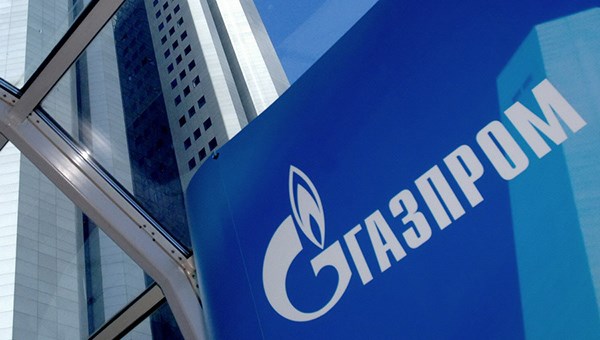Russian Gazprom ramps up gas transit through Ukraine by 25%
The Russian company Gazprom has recently increased the volume of gas it is transporting to Europe through Ukraine by 25%, according to a Facebook post by Andriy Kobolyev, CEO of Naftogaz of Ukraine.
“The reason for this is the renovation of the Yamal-Europe pipeline (which passes through Belarus)… annually this is the equivalent of around 110 billion cubic meters of gas per year,” he wrote.
In a matter of days, the daily volume of gas pumped through the Ukrainian gas transport system rose by 60 million cubic meters, and is currently around 300 million.
Kobolyev emphasized that such a sharp increase in volume is possible primarily thanks to the reliability and quality of Ukraine’s gas transport system.
“No other system is capable of offering such flexibility and reserve capacity, or at such a favorable price,” the CEO remarked.
According to Kobolyev, this shows that there is no real technical or economic reason for Gazprom to construct gas transit routes that bypass Ukraine.
“The true motives of the Russians’ actions are exclusively political,” Kobolyev wrote.
On 1 January 2020, the 10-year transit contract between Naftogaz of Ukraine and Gazprom will end. At present, Gazprom is not actively negotiating a new contract to transport gas through Ukraine, and is instead pushing for projects that would establish alternative routes, such as Nord Stream 2 and Turkish Stream.
Naftogaz considers it most likely that Gazprom will stop transporting natural gas through Ukraine in 2020 if the Nord Stream 2 pipeline is completed.
Ukrainian Foreign Minister Pavlo Klimkin has voiced his fears that there will be a new “gas war” with Russia. European authorities are aware of this risk, and have proposed to expand the region’s gas storage reserves.
On 25 March 2019, the Ukrainian gas transport operator Ukrtransgaz offered to let Hungary establish a gas reserve in Ukraine’s underground storage facilities for such a scenario. Hungary consumes around 10 billion cubic meters of gas per year, two thirds of which are supplied through Ukraine.
